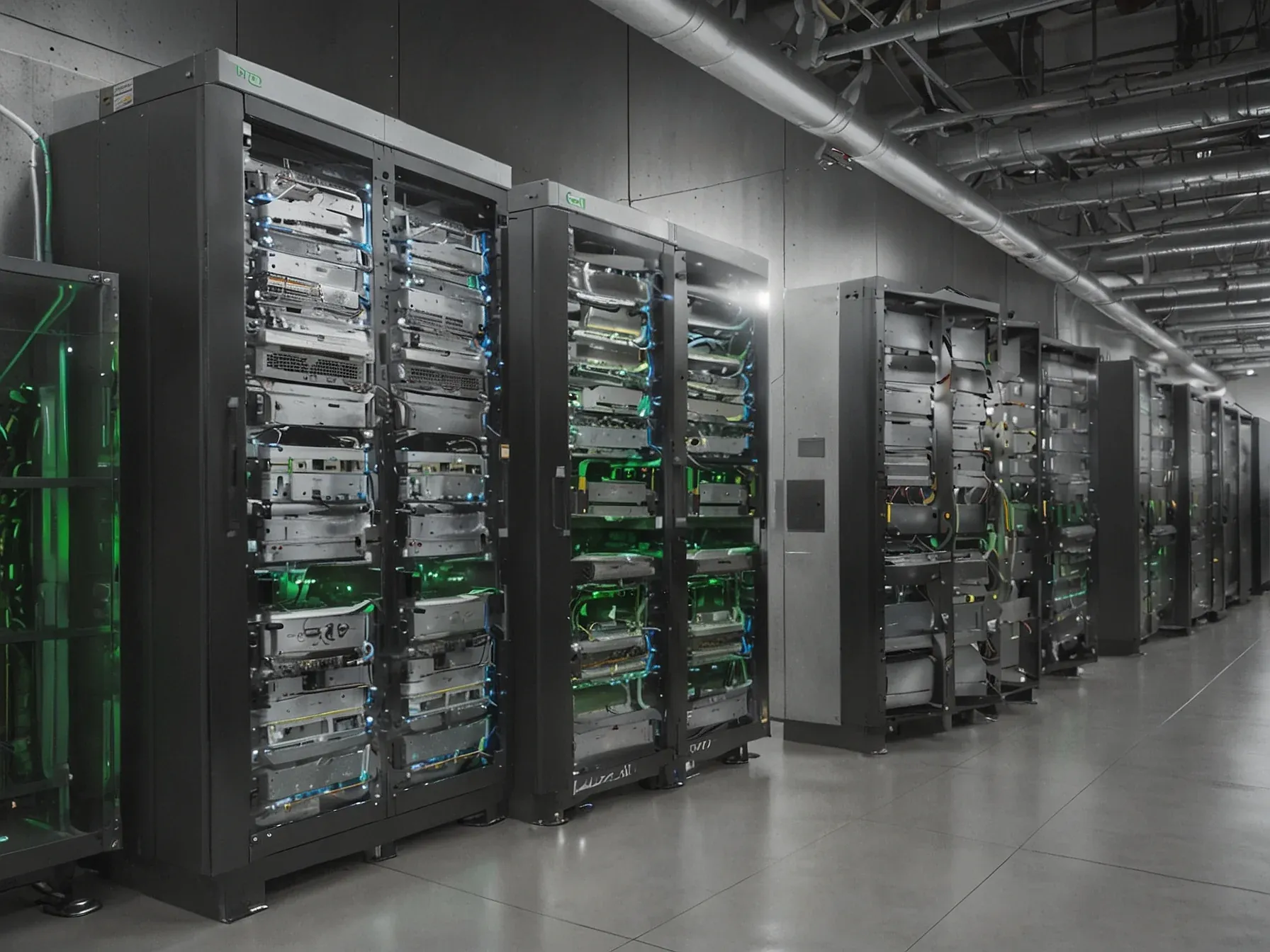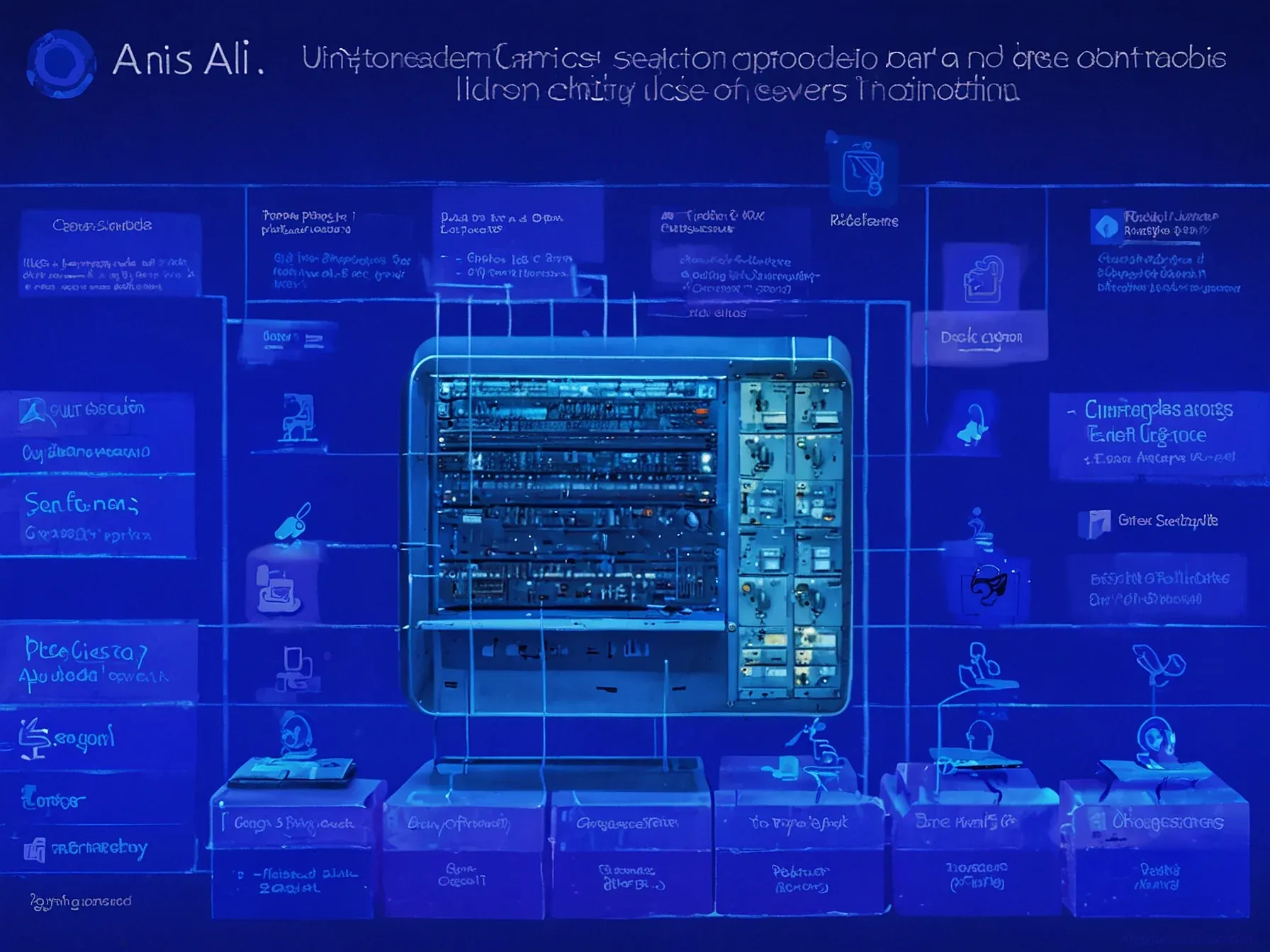
Alembic builds own GPU supercomputer to serve banks barred from cloud
Alembic has taken a route most AI firms avoid: it assembled a massive GPU‑driven supercomputer in a series of neutral data centers, rather than leasing the same resources from the big public clouds. The company’s engineers spent months “melting” GPUs in pursuit of a causal AI platform, and the effort now powers what it calls one of the world’s fastest on‑premise clusters. That hardware edge isn’t just a brag‑ging point; it’s the backbone of a service model aimed at a niche but lucrative segment of the finance industry.
While most startups tout cloud scalability, Alembic’s infrastructure sits behind a firewall that complies with strict regulatory mandates. It can crunch massive data sets for clients who, by law, cannot hand their workloads to Amazon, Microsoft or Google. Here’s why that matters:
And certain banks and financial institutions are legally prohibited from using cloud platforms at all.
And certain banks and financial institutions are legally prohibited from using cloud platforms at all." By operating its own infrastructure in neutral data centers, Alembic can serve customers who would never consider cloud-based analytics -- a competitive moat that would be difficult for hyperscale cloud providers to replicate. How Jensen Huang read a news article and changed Alembic's destiny Alembic's relationship with Nvidia illustrates both the startup's technical ambitions and how the chip giant supports promising AI companies. Nvidia is Alembic's founding enterprise customer, exclusive supercomputing partner and a key technical collaborator -- though notably not an investor. After Alembic announced its Series A funding in early 2024, Nvidia co-founder and CEO Jensen Huang read the VentureBeat coverage and emailed his staff suggesting they explore the company, according to Puig.
Will owning the hardware pay off? Alembic now runs one of the fastest GPU supercomputers on the planet, a direct result of its $145 million Series B raise that lifted its valuation thirteenfold. The company claims its focus on causal AI—not merely correlation—offers a competitive edge that language‑model‑centric rivals lack.
By locating the machines in neutral data centers, it can legally serve banks that are barred from public cloud services, a niche that could act as a barrier to entry for larger hyperscalers. Yet the market’s appetite for causal reasoning remains still unproven, and it's unclear whether proprietary data alone will sustain the promised advantage. The capital infusion also funds rapid scaling, but the speed at which customers adopt such infrastructure is still uncertain.
In short, Alembic has built impressive hardware and secured sizable funding, but whether its strategy translates into lasting market traction is yet to be demonstrated. Time will reveal the outcome.
Further Reading
Common Questions Answered
Why did Alembic choose to build its own GPU supercomputer instead of using public cloud services?
Alembic built its own GPU‑driven supercomputer to comply with regulations that prohibit certain banks and financial institutions from using public cloud platforms. By operating in neutral data centers, it can offer high‑performance AI analytics while maintaining the legal and security requirements of its niche banking customers.
How does Alembic's use of neutral data centers create a competitive moat against hyperscale cloud providers?
Neutral data centers allow Alembic to host its on‑premise GPU cluster in locations that are not owned by any major cloud provider, giving it exclusive access to banks barred from cloud services. This infrastructure setup is difficult for hyperscale providers to replicate because they rely on their own cloud ecosystems, giving Alembic a unique market advantage.
What role does causal AI play in Alembic's value proposition compared to correlation‑focused language models?
Alembic emphasizes causal AI, which seeks to understand cause‑and‑effect relationships rather than merely identifying patterns, offering deeper insights for financial decision‑making. This focus differentiates it from language‑model‑centric rivals that primarily provide correlation‑based analytics, positioning Alembic as a more sophisticated tool for risk‑sensitive banking applications.
How did Alembic's $145 million Series B funding round impact its hardware capabilities and valuation?
The Series B raise of $145 million enabled Alembic to assemble one of the world’s fastest on‑premise GPU supercomputers, directly enhancing its processing power for causal AI workloads. The funding also lifted the company’s valuation thirteenfold, signaling strong investor confidence in its hardware‑first strategy and niche market focus.




